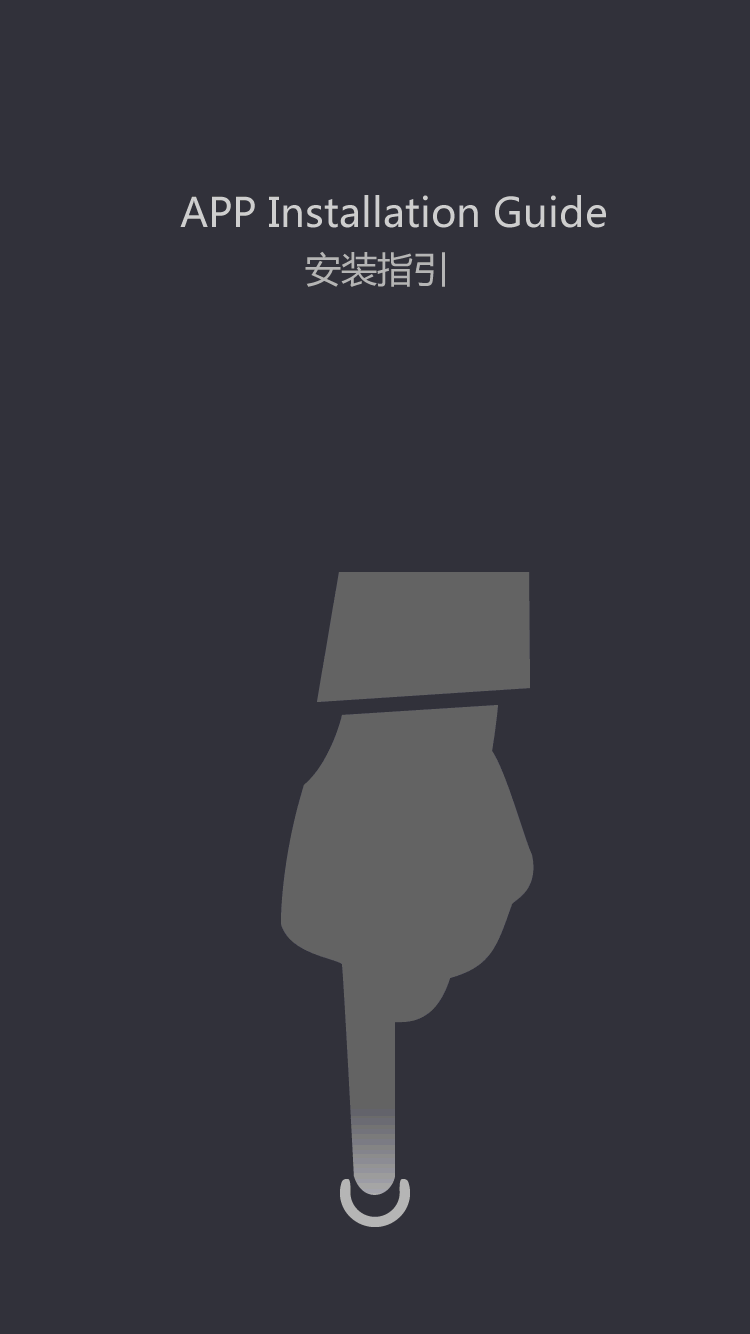Tips for removing clothes stains
by:Jingliang
2021-04-06
Stain removal is a relatively high-tech job in the laundry industry. The level of washing technology of a laundry is often measured by stain removal. And laundry accidents caused by improper stain removal or improper stain removal operation control accounted for a large proportion. Even if it can be repaired after an accident, it will consume a lot of time, energy and financial resources, and the gain is not worth the loss. So, how to avoid or reduce unnecessary accidents in the actual operation of stain removal? This requires that the stain removal personnel have rich (plump) experience, but also follow certain rules. 1. Do not remove stains forcefully: 1. The stain removal should be done according to the existing technology, medicament, equipment and ability. Don't be impulsive, don't be blind, rather than get rid of, don't ruin your clothes; 2. The main components of laundry gel beads are anionic surfactants, sodium alkylbenzene sulfonate, a small amount of non-ionic surfactants, plus some additives, phosphates, silicates, sodium sulfate, fluorescent agents, enzymes, etc. It is made by mixing, powder spraying and other processes, and now most of them use 4A fluorspar instead of phosphate. Laundry gel beads refer to powdery (granular) synthetic detergents. The synthetic detergent for laundry gel bead processing is based on surfactants as the main component, and is equipped with a suitable amount of builders with different functions. Laundry gel beads refer to powdery (granular) synthetic detergents. There are several situations that cause (cause) forced stain removal: rude type: generally new to the industry, without formal training. Their idea is to remove the stains as soon as possible and in one go. The mechanical force used is very large, which often causes discoloration, wire drawing, breakage, damage style, etc. Persistence type: Generally, when you just enter the industry, you see that a method has some effect, and you insist on doing it. If you don't get rid of the stain, you will never give up. The synthetic detergent for laundry gel bead processing is based on surfactants as the main component, and is equipped with a suitable amount of builders with different functions. Laundry gel beads refer to powdery (granular) synthetic detergents. I didn't expect whether other methods could be used to solve the problem. sloppy type: without making correct judgments on clothing fabrics, types of stains, and performance of stain removers, they rashly remove stains, leading to accidents. Blind type: Use everything that can be almost found and used as a stain remover, regardless of whether these things have an effect on a stain. As a result, a chemical reaction occurs between various stain removers, which either damages the clothes, or the stains are more difficult to remove or the stains that could have been removed are no longer possible. 2. The judgment is correct: 1. Judging the fabric correctly: it is to make a more objective and correct judgment on the fiber properties of the fabric, the color fastness, the surface style, the matching of accessories, and whether the colors affect each other. For the same food oil, the stain removal of silk fabrics and cotton and linen fabrics is very different. The stain removal of polyester fabrics and other fabrics is also different; more attention should be paid to those fabrics, which stain removal agent can not be used. Such as: silk fabrics, do not use strong alkaline stain remover, do not use ammonia and other chemical materials that can damage protein (protein). 2. Judgment of stains is true: Only when you have a correct judgment of stains, can you know what stain remover and method are possible to remove, what stain remover and what method is not good for stains. Such as: protein stains are difficult to remove after high temperature, and some tannin stains are also difficult to completely remove after alkaline stain remover. 3. The correct judgment of the nature of the de-capital agent: For example, oxalic acid, chloroform, thinner, hot alcohol, etc. have a destructive effect on cellulose acetate, rayon, etc. Solvents (character: transparent, colorless liquid), cannot be used with coatings Clothing etc. Silk and wool-like protein fabrics cannot be stained with chlorine-containing chemical products. 3. Experiment first, then practice. For fabrics that are inaccurate and stain removers with unfamiliar properties. Be sure to do a test first to see if it hurts the color and the material, and then deal with the (chǔ lǐ) stain. 4. There are small to large, shallow to deep, safest methods, and the most dangerous method step by step: many stains need to be repeated many times to thoroughly remove them, and there are still reactive ones. Time, as to whether it is effective, first deal with the smallest or shallowest stains of the same nature. If even the smallest or lightest stains are not effective, change the method or replace the stain remover. There may be several ways to remove the same stain, but the safest method is the first choice. For example, do not use chlorine bleach if it can be removed by color bleaching. If it can be removed with a conventional stain remover, no chemical product (Product) is used directly. 5. Use clean water first, then use a stain remover to remove asphalt, paint and other stains, other stains should be treated with clean water or regular detergent first, if not, use a special stain remover. stain removal is a complex physical and chemical process. Factors such as medium, temperature, mechanical force, time, etc. must be taken into consideration, and methods such as dissolution, emulsification, oxidation, reduction, etc. must be used proficiently in order to achieve the best and safer stain removal effect.
Related Products
Related Products
Custom message
























































































